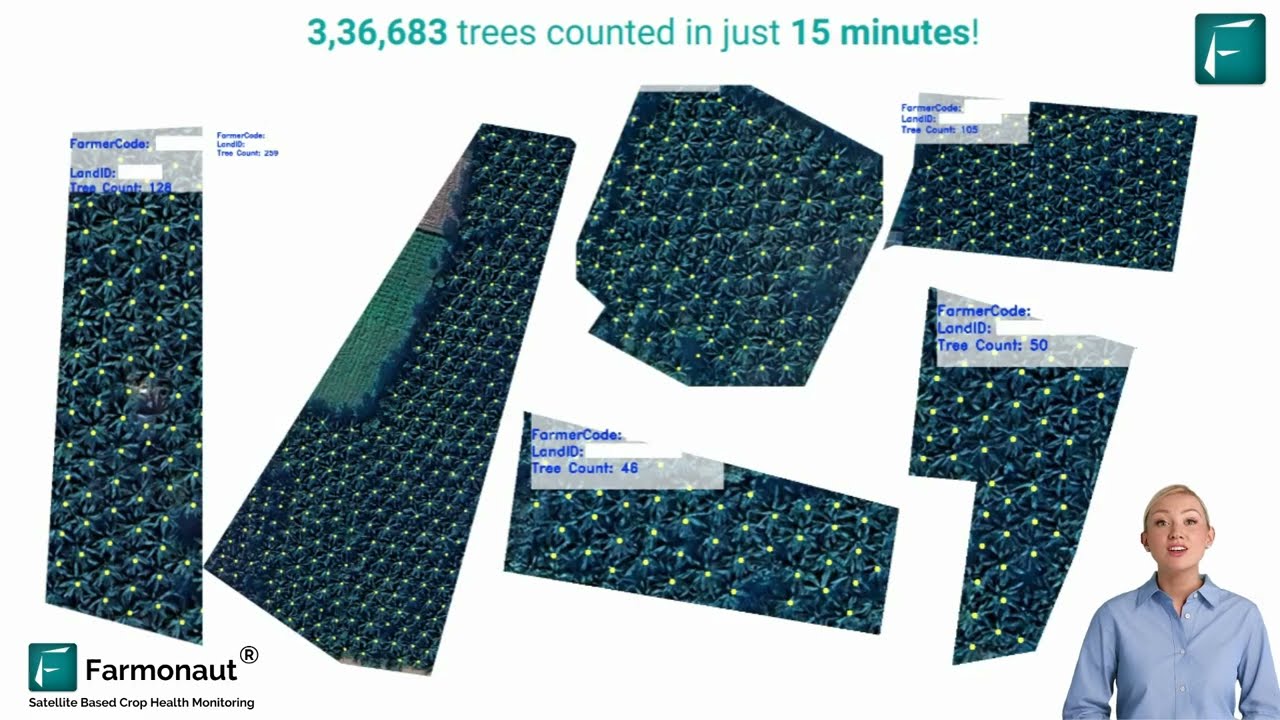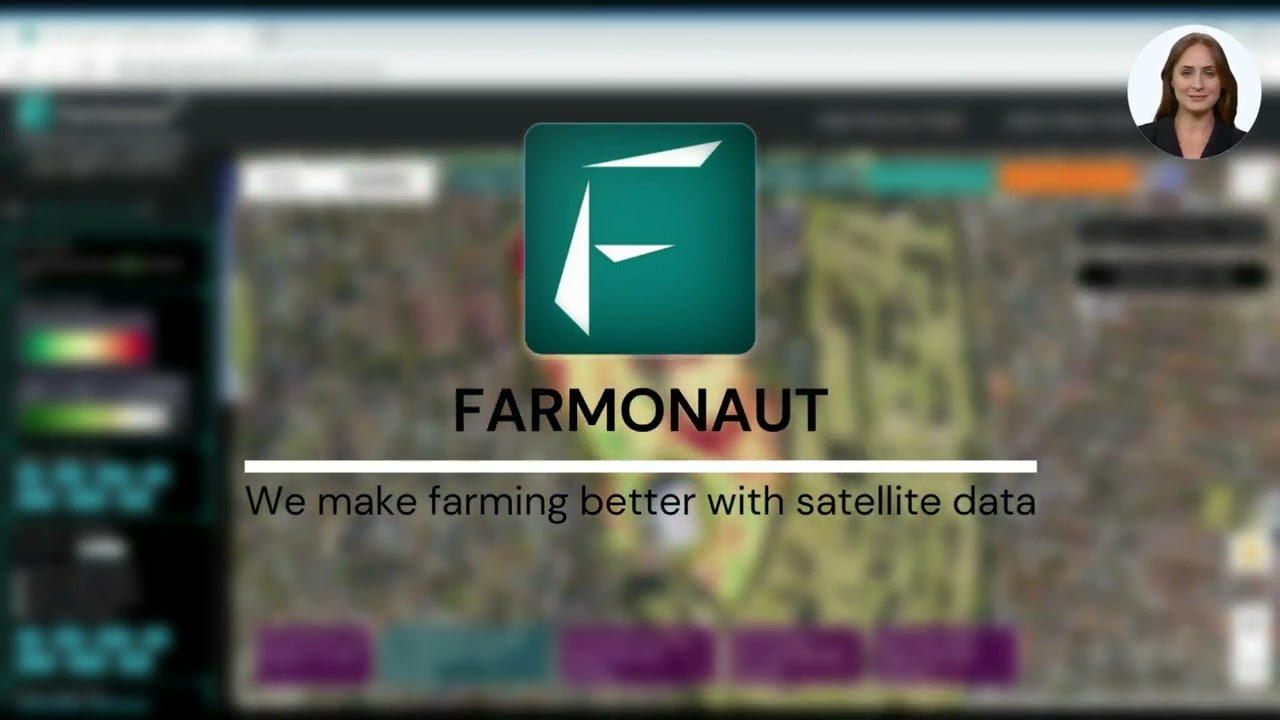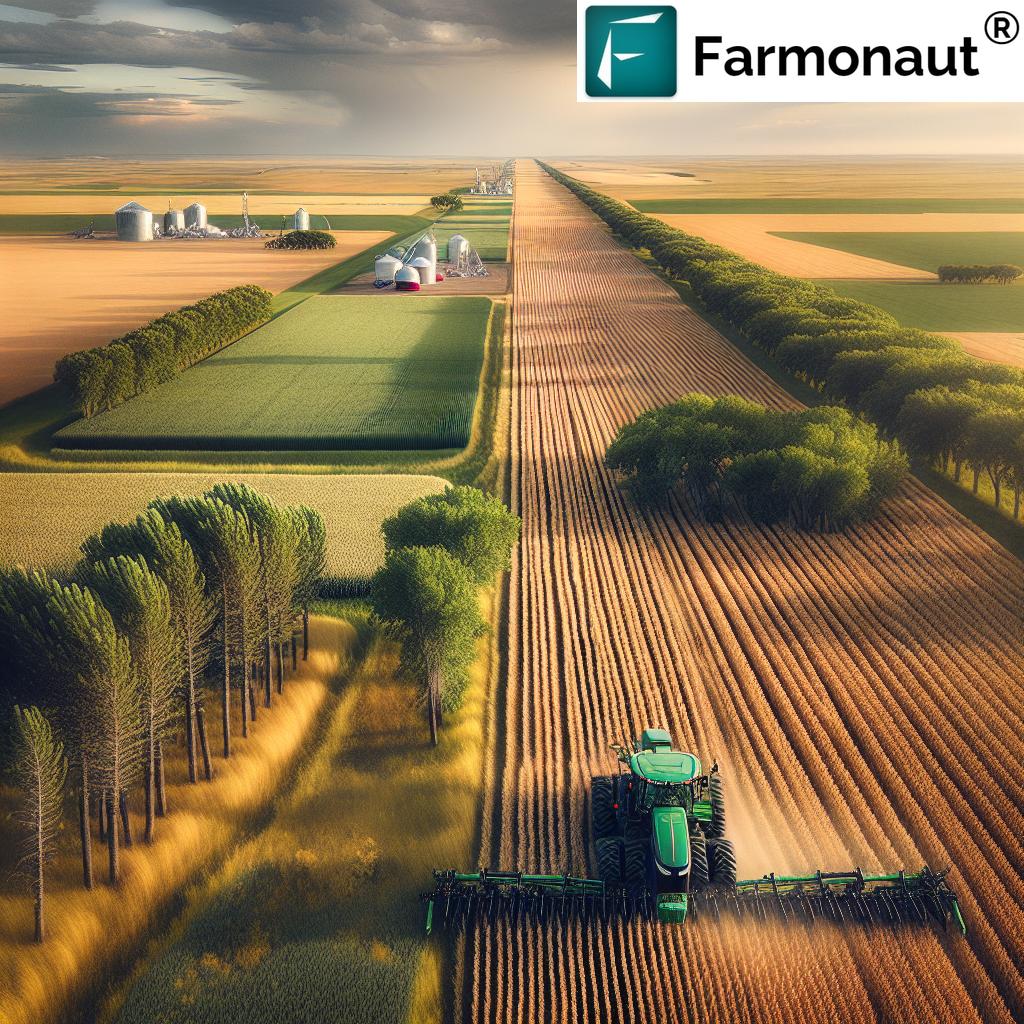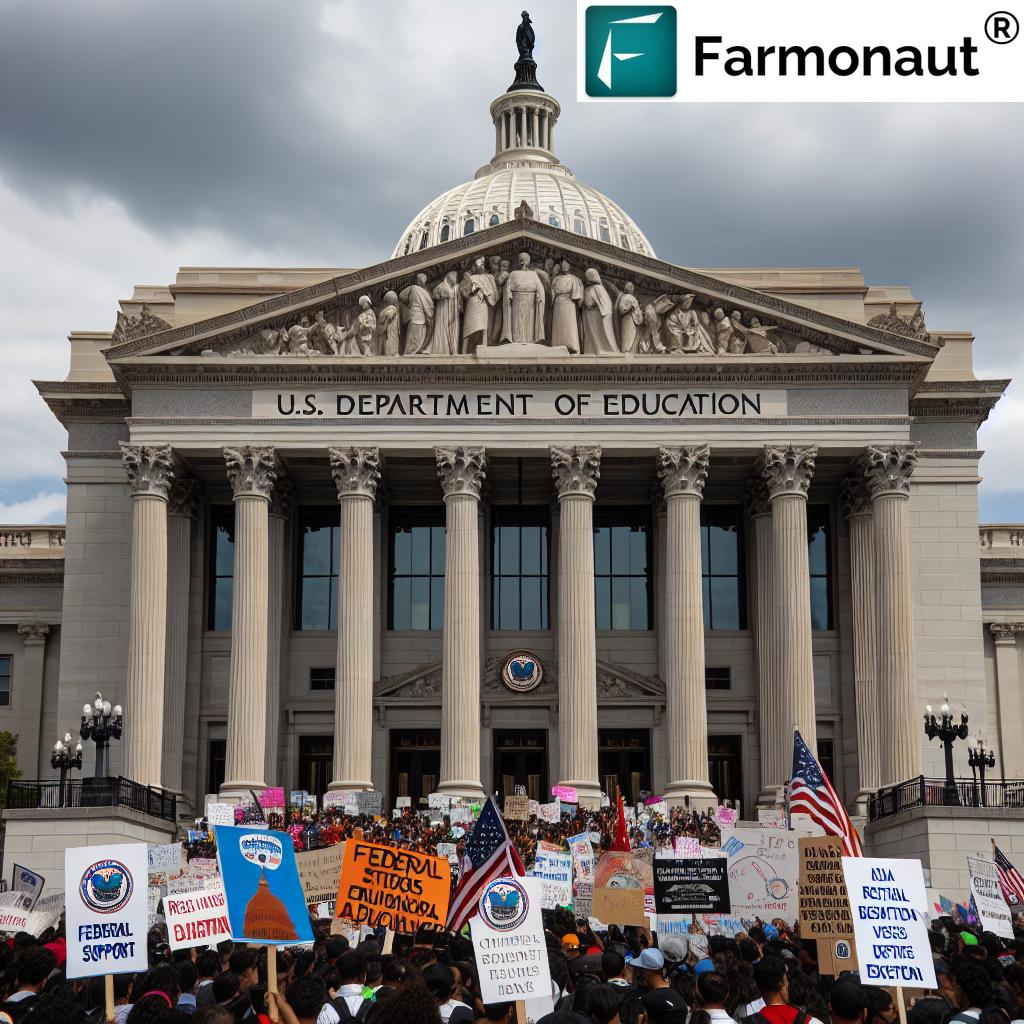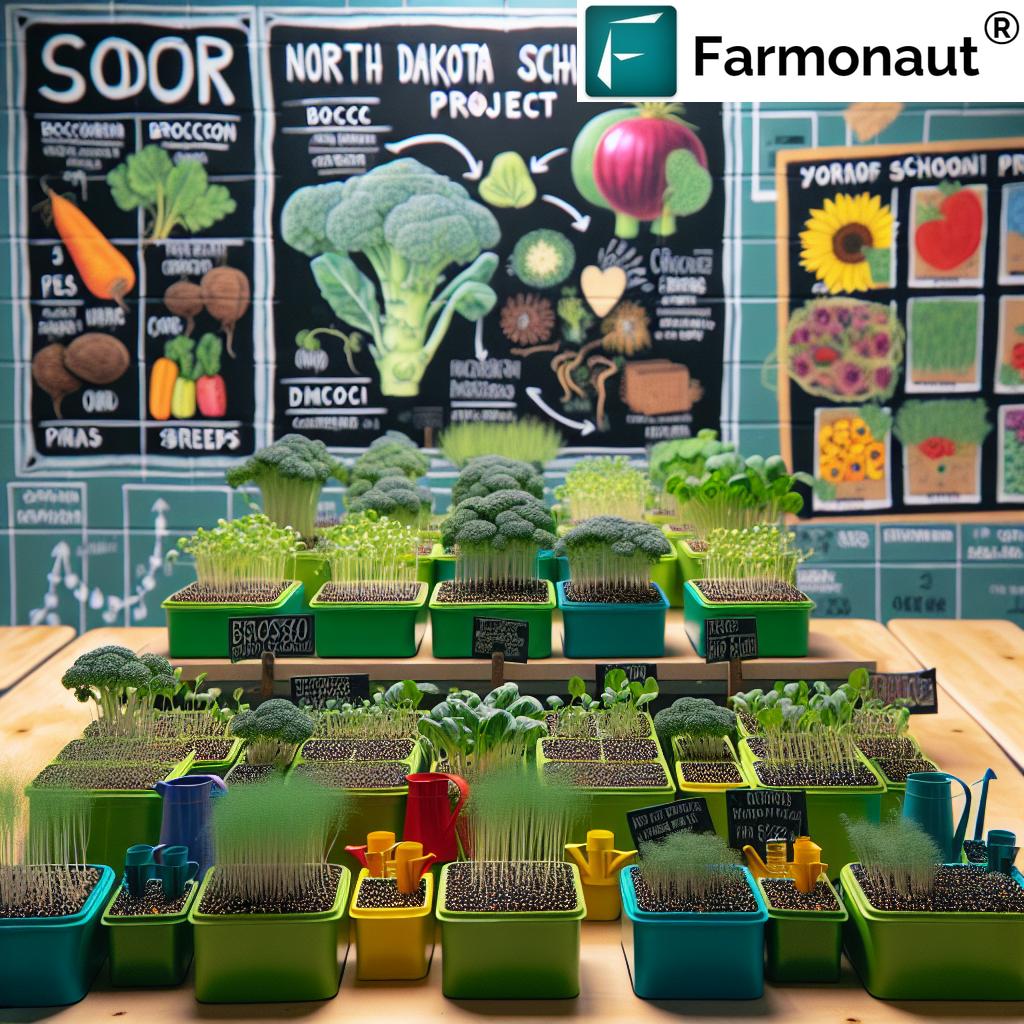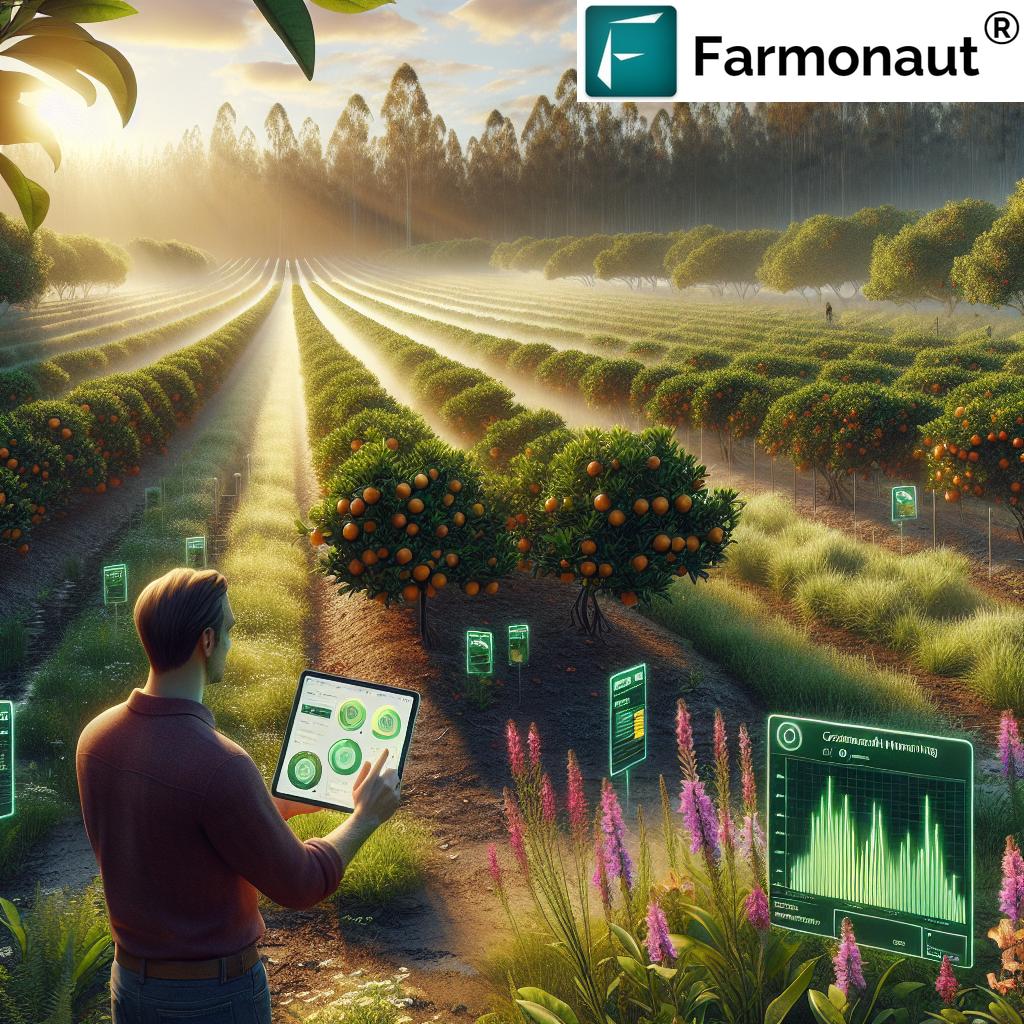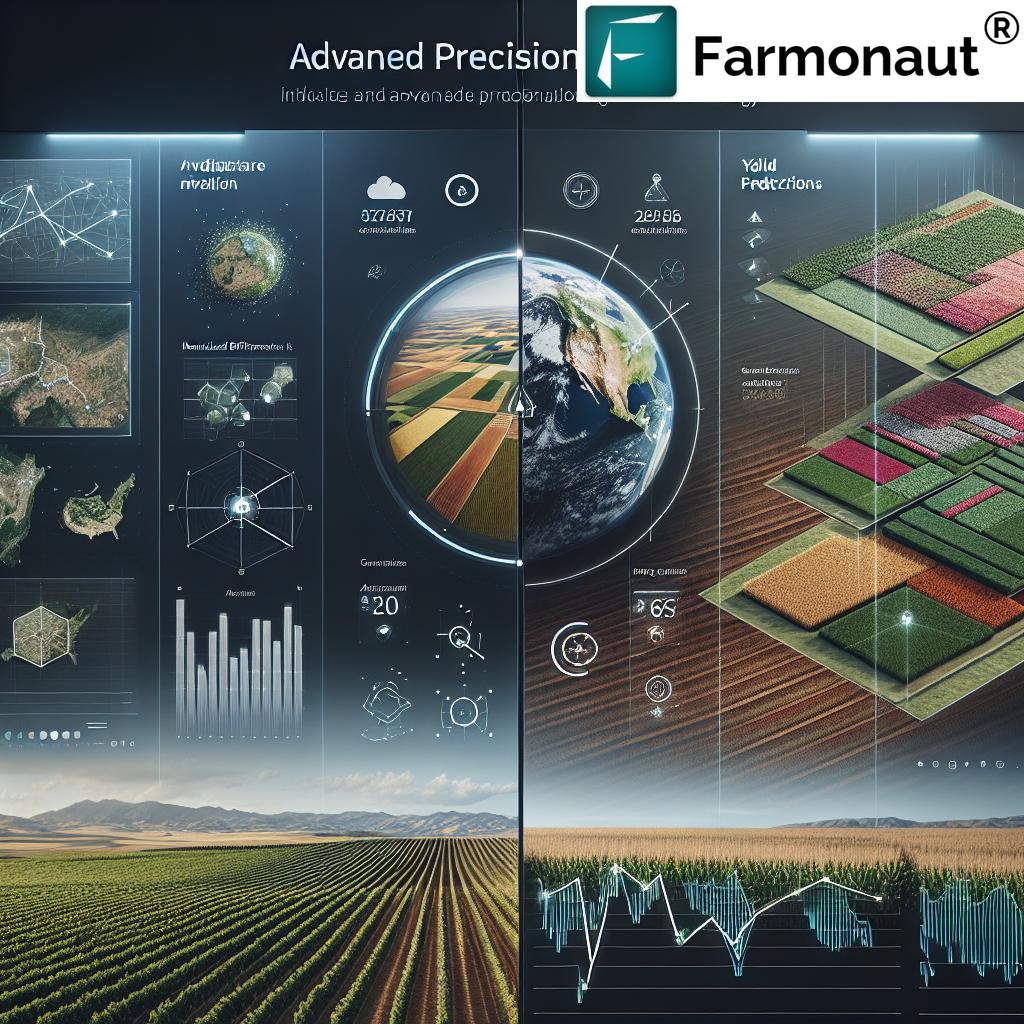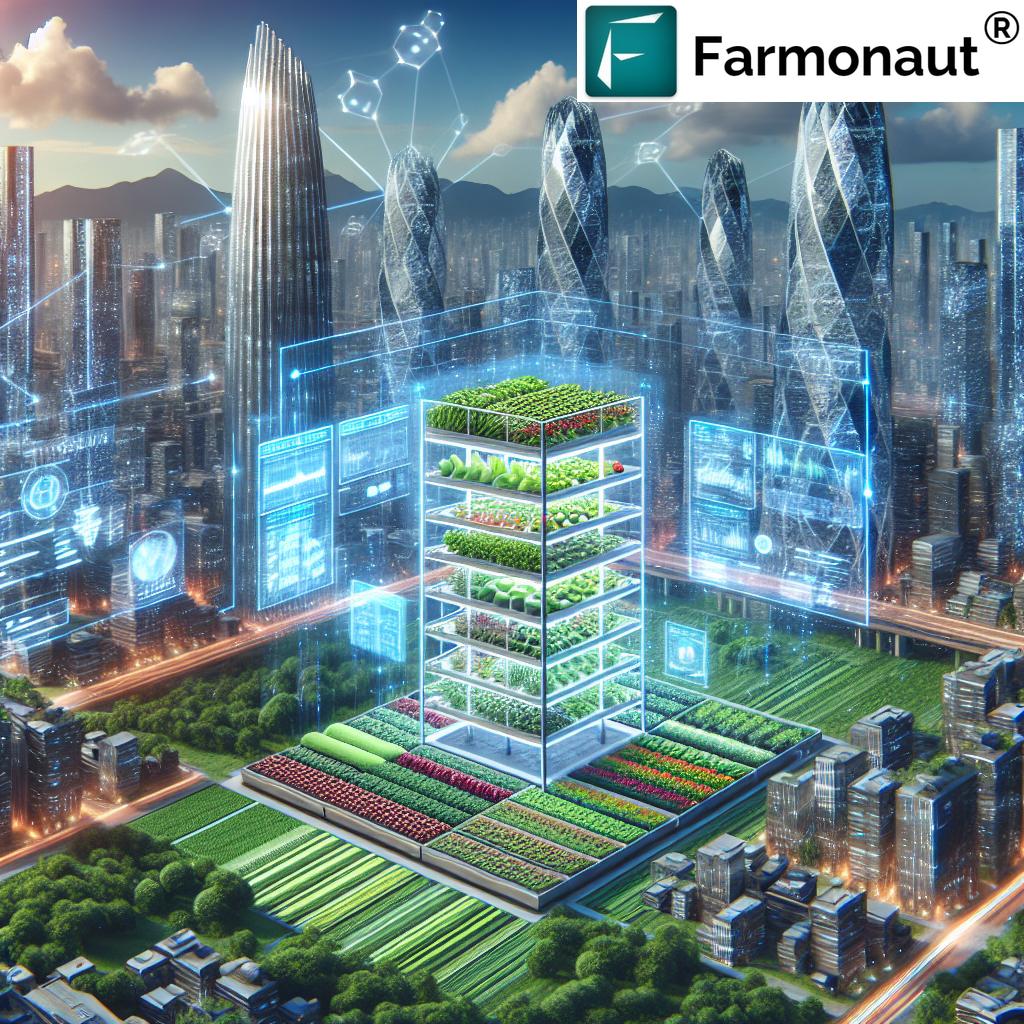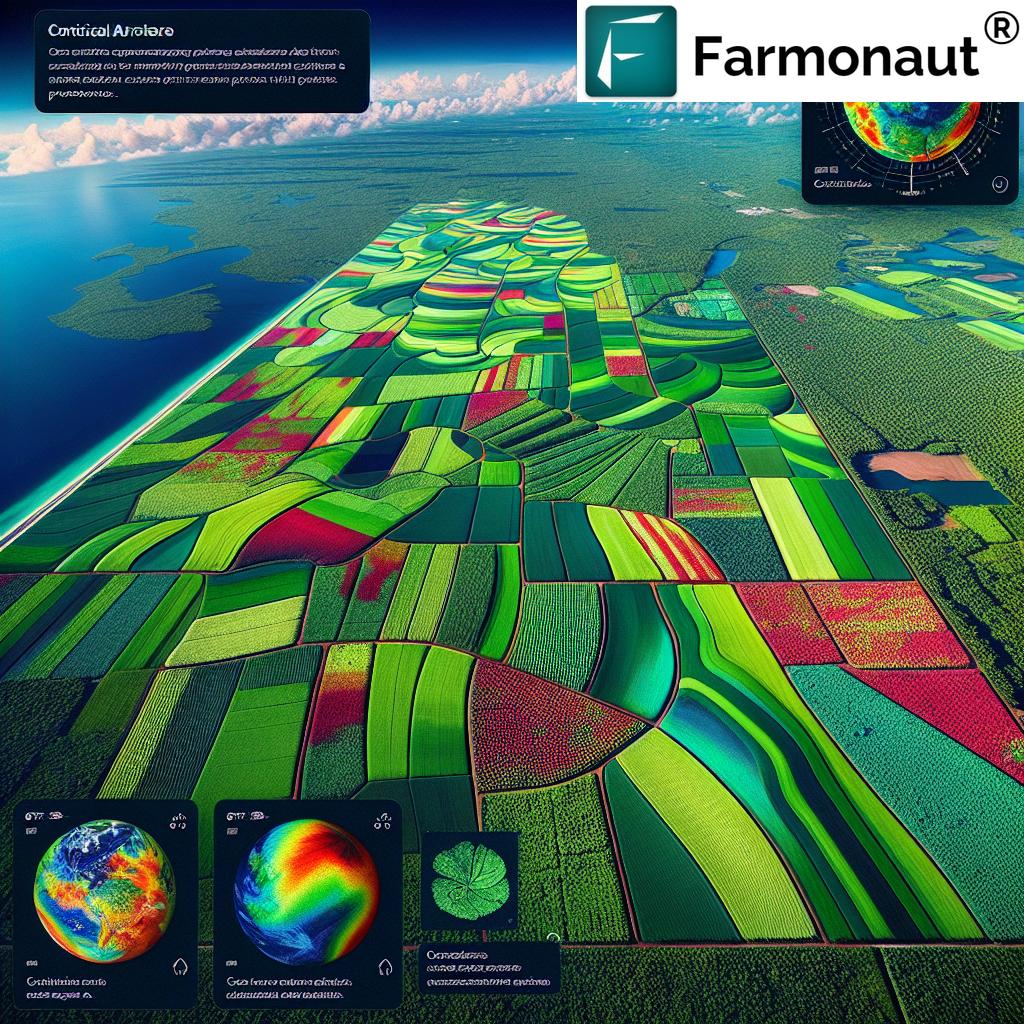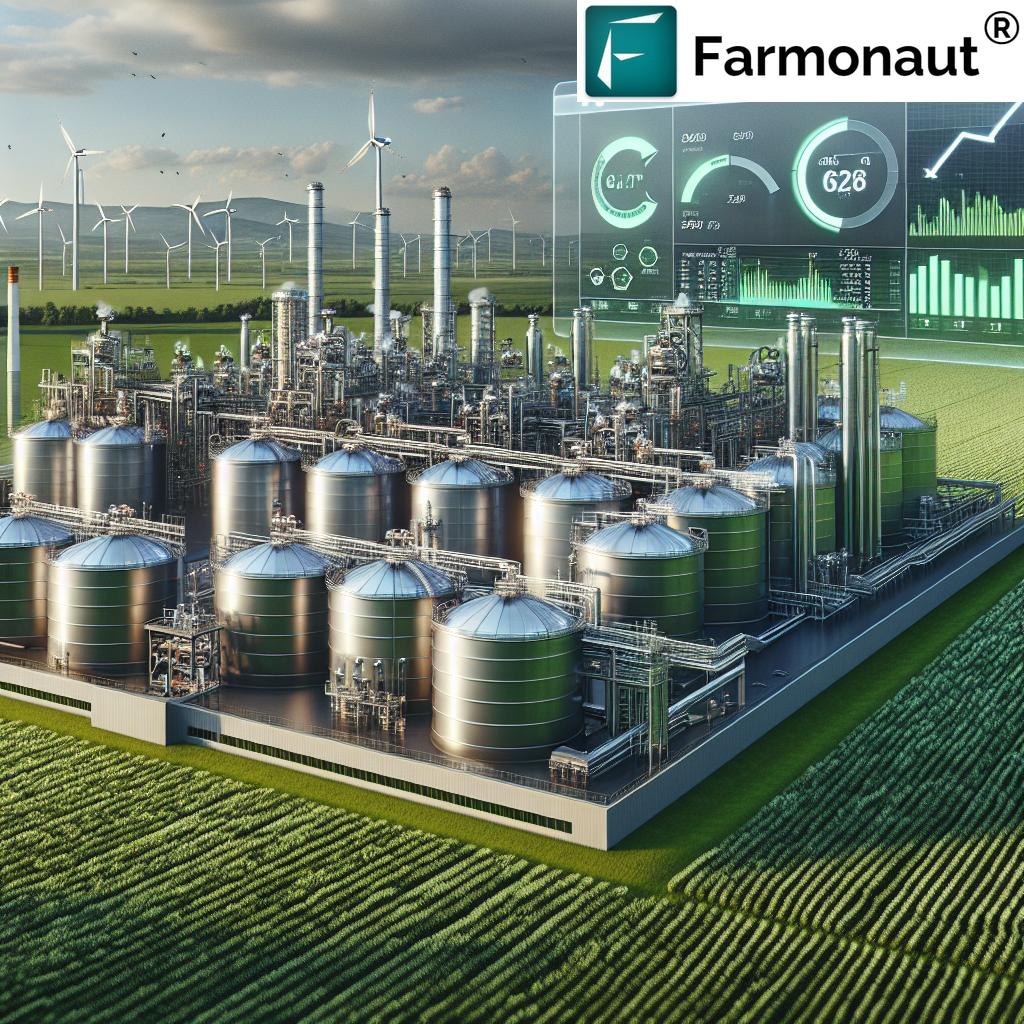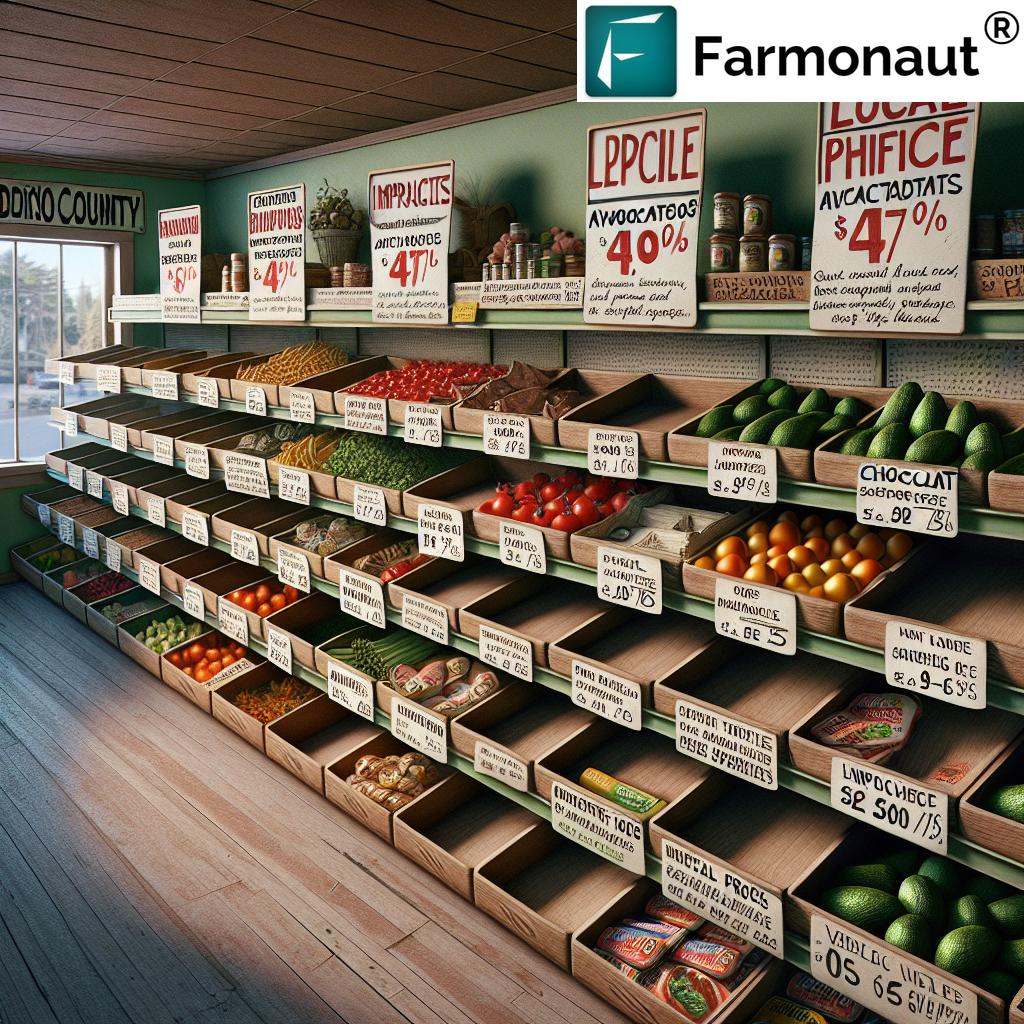Sustainable Forestry in Maryland: Balancing Ecosystem Health and Economic Growth
“Maryland’s forests cover 2.5 million acres, making it the second-largest land use in the state.”
Welcome to our comprehensive exploration of sustainable forestry in Maryland. As we delve into this crucial topic, we’ll uncover the intricate balance between preserving our state’s rich forest ecosystems and fostering economic growth. Maryland’s forestry management plays a pivotal role in shaping both our environment and our economy, and we’re here to guide you through its complexities and importance.
The Significance of Maryland’s Forests
Maryland’s forests are more than just a beautiful backdrop to our state’s landscape. They are vital ecosystems that provide numerous benefits to our communities and wildlife. Covering an impressive 2.5 million acres, forests represent the second-largest land use in Maryland. This vast expanse of green is not just a statistic; it’s a living, breathing entity that contributes significantly to our state’s well-being.
These forests play a crucial role in:
- Providing clean air and water
- Supporting diverse wildlife habitats
- Mitigating climate change through carbon sequestration
- Offering recreational opportunities for residents and visitors
- Contributing to the state’s economic health
Given their importance, it’s clear why sustainable forestry management is a top priority for Maryland. We must ensure that our forests continue to thrive for generations to come while also supporting our state’s economy.
The Economic Impact of Maryland’s Forestry Sector
“The forestry sector contributes $3.3 billion annually to Maryland’s economy, highlighting its significant economic impact.”
The forestry sector in Maryland is not just about preserving nature; it’s a significant economic driver. Contributing a staggering $3.3 billion annually to our state’s economy, the forestry industry plays a crucial role in Maryland’s financial health. This economic impact underscores the importance of balancing conservation efforts with sustainable economic practices.
Key economic contributions of Maryland’s forestry sector include:
- Job creation in rural and urban areas
- Support for local businesses and industries
- Revenue generation through timber sales and forest products
- Boosting tourism and recreation-related income
Understanding this economic significance helps us appreciate why sustainable forestry practices are so crucial. They ensure that we can continue to benefit from our forests economically while also preserving their ecological value.

Sustainable Forestry Practices in Maryland
Sustainable forestry in Maryland is about more than just preserving trees. It’s a complex system of practices designed to maintain forest health, support biodiversity, and ensure long-term economic viability. Let’s explore some of the key sustainable forestry practices implemented in our state:
- Selective Harvesting: This practice involves carefully choosing which trees to harvest based on age, size, and species. It helps maintain forest diversity and structure while providing economic benefits.
- Reforestation Programs: After harvesting, reforestation ensures that new trees are planted to replace those that were removed. This practice is crucial for maintaining forest cover and ecological balance.
- Invasive Species Management: Controlling invasive plant and animal species helps protect native ecosystems and preserve biodiversity in Maryland’s forests.
- Wildlife Habitat Conservation: Sustainable forestry practices include creating and maintaining habitats for various wildlife species, ensuring that our forests remain biodiverse.
- Urban Forestry Initiatives: These programs focus on planting and maintaining trees in urban areas, providing numerous benefits to city dwellers and improving overall environmental quality.
To better understand the impact of these practices, let’s take a look at a comparative analysis:
| Forestry Practice | Ecological Benefits | Economic Impact | Implementation Challenges | Long-term Sustainability Score (1-10) |
|---|---|---|---|---|
| Selective Harvesting | Maintains forest structure and biodiversity | Provides steady timber yield | Requires skilled labor and careful planning | 9 |
| Reforestation Programs | Ensures continuous forest cover and carbon sequestration | Long-term investment in future timber resources | Initial costs and long wait for returns | 8 |
| Invasive Species Management | Protects native ecosystems | Prevents economic losses due to invasive species | Ongoing effort and cost | 7 |
| Wildlife Habitat Conservation | Supports biodiversity and ecosystem health | Boosts eco-tourism potential | May limit some economic activities | 8 |
| Urban Forestry Initiatives | Improves air quality and reduces urban heat island effect | Increases property values and reduces energy costs | Space limitations and infrastructure conflicts | 7 |
This table highlights how each practice contributes to both ecological health and economic growth, demonstrating the multifaceted approach required for sustainable forestry in Maryland.
The Role of Technology in Sustainable Forestry
In today’s digital age, technology plays a crucial role in advancing sustainable forestry practices. Innovative tools and platforms are helping foresters, landowners, and policymakers make more informed decisions about forest management. One such technological advancement is the use of satellite imagery and AI for forest monitoring and management.
For instance, platforms like Farmonaut offer cutting-edge solutions for monitoring large areas of land, including forests. While primarily focused on agricultural applications, such technology can be adapted for forestry management. These tools provide valuable insights into forest health, growth patterns, and potential threats, enabling more proactive and precise management strategies.
The video above demonstrates how satellite and AI-based technologies can be used for automated tree detection, precise counting, and location mapping. While this example focuses on agriculture, similar principles can be applied to forestry, revolutionizing how we monitor and manage our forest resources.
Climate Change and Forest Resilience
Climate change poses significant challenges to Maryland’s forests. Rising temperatures, changing precipitation patterns, and increased frequency of extreme weather events all impact forest health and resilience. Sustainable forestry practices are more crucial than ever in helping our forests adapt to these changing conditions.
Key strategies for enhancing forest resilience include:
- Promoting diverse species composition to reduce vulnerability to pests and diseases
- Implementing adaptive management techniques that respond to changing environmental conditions
- Enhancing forest connectivity to facilitate species migration and genetic exchange
- Investing in research to understand and predict climate impacts on forest ecosystems
By focusing on these strategies, we can help ensure that Maryland’s forests remain healthy and productive in the face of climate change. This resilience is crucial not only for the ecological benefits forests provide but also for their continued economic contributions to our state.
The Maryland Forest Association: Championing Sustainable Forestry
The Maryland Forest Association (MFA) plays a pivotal role in promoting sustainable forestry practices across our state. As a leading voice in the forestry sector, the MFA works tirelessly to educate the public, support forest landowners, and advocate for policies that balance conservation with economic growth.
One of the MFA’s key initiatives is the “Faces of Forestry” campaign. This innovative public perception campaign aims to change how Maryland residents view the forestry sector. By highlighting individuals who are making significant contributions to sustainable forestry, the campaign puts a human face on the industry and helps the public understand its importance.
The MFA’s efforts include:
- Providing educational resources on forest management
- Organizing workshops and events for forest landowners
- Collaborating with policymakers to develop sustainable forestry legislation
- Promoting the economic and ecological benefits of active forest management
Through these efforts, the MFA is helping to shape a future where Maryland’s forests continue to thrive, benefiting both our environment and our economy.
The video above demonstrates how time-lapse technology can be used to monitor changes in land use and vegetation over time. While this example is from an agricultural context, similar techniques can be invaluable in forestry for tracking forest growth, recovery after harvesting, or the impacts of climate change over extended periods.
Wildlife Protection and Forest Management
Sustainable forestry practices in Maryland go hand in hand with wildlife protection. Our forests are home to a diverse array of animal species, many of which depend on specific forest conditions for their survival. Balancing the needs of wildlife with forest management and economic activities is a key challenge in sustainable forestry.
Matt Hurd, an eastern regional forester for MD Forest Services, emphasizes the importance of wildlife in forest management: “I think for forest management, people, regardless of whether they have a small amount of land or a large amount of land, it’s all about what’s best for wildlife in your native systems.”
Key aspects of wildlife-friendly forest management include:
- Maintaining diverse forest structures to provide habitats for different species
- Preserving old-growth forest areas that serve as critical habitats for certain species
- Creating and maintaining wildlife corridors to facilitate animal movement
- Implementing harvest practices that minimize disturbance to wildlife during critical periods
By prioritizing wildlife protection in our forest management strategies, we ensure that Maryland’s forests remain vibrant ecosystems that support a wide range of species while still providing economic benefits.
The Economic Benefits of Sustainable Forestry
While the ecological benefits of sustainable forestry are clear, it’s equally important to recognize its significant economic impact. The forestry sector in Maryland is a major contributor to the state’s economy, providing jobs, supporting local businesses, and generating revenue through various forest products and services.
Key economic benefits include:
- Job creation in rural communities, where employment opportunities may be limited
- Support for related industries such as lumber mills, furniture manufacturing, and paper production
- Revenue generation through timber sales, which can provide income for private landowners and the state
- Boosting tourism and recreation-related businesses, as well-managed forests attract visitors
- Ecosystem services such as clean water and air, which have significant economic value
By implementing sustainable practices, we ensure that these economic benefits can continue to flow without compromising the long-term health of our forests. This balance is crucial for the prosperity of both our environment and our communities.
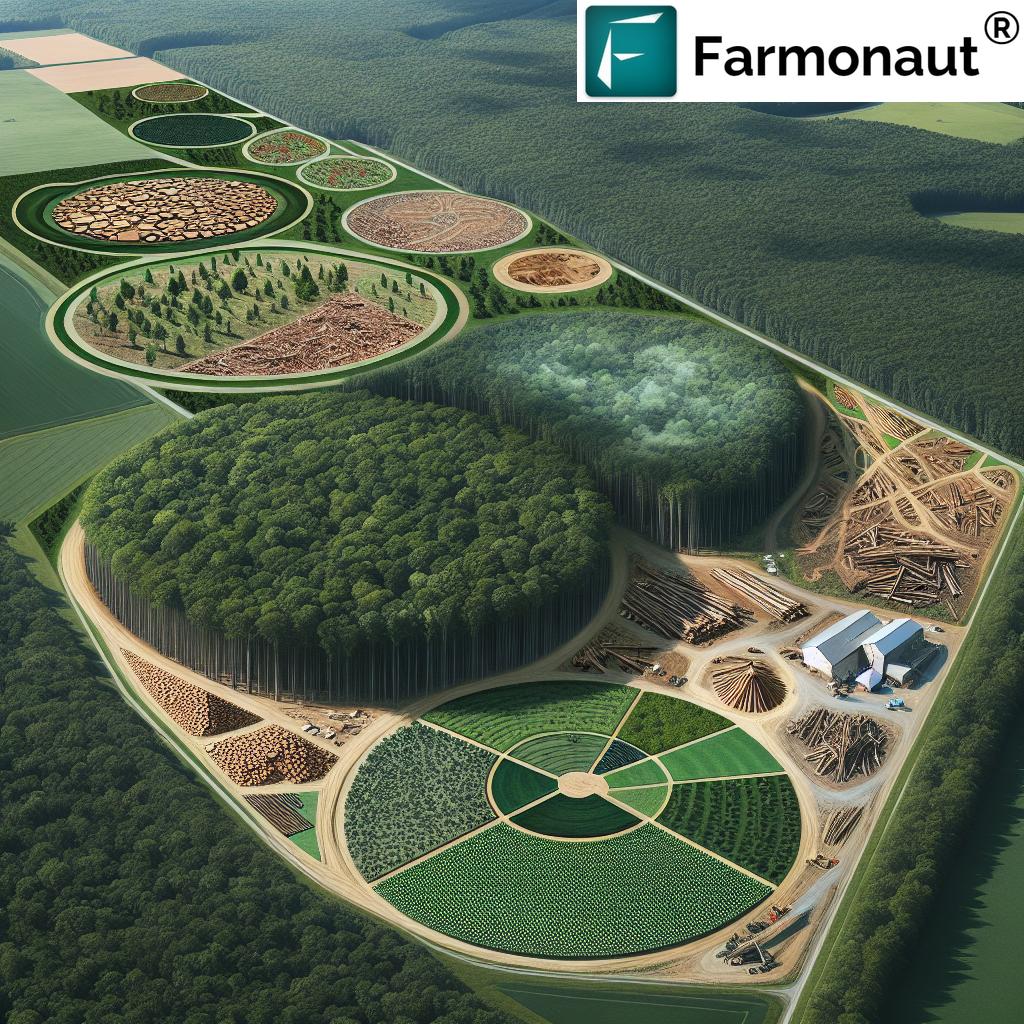
The Role of Technology in Forest Management
Advancements in technology are revolutionizing how we approach forest management in Maryland. From satellite imagery to AI-powered analytics, these tools are enhancing our ability to monitor, protect, and sustainably manage our forest resources.
While primarily focused on agriculture, platforms like Farmonaut showcase the potential of technology in land management. Their satellite-based monitoring systems and AI-driven insights could be adapted for forestry applications, offering valuable tools for forest managers and policymakers.
Key technological advancements in forestry include:
- Remote sensing for forest health monitoring and disease detection
- GIS mapping for better land use planning and management
- Drone technology for detailed forest surveys and inventory
- AI and machine learning for predictive modeling of forest growth and climate impacts
The video above demonstrates how satellite technology can be used to track and map large areas of land. While this example focuses on farm mapping, similar technologies can be applied to forest management, allowing for more precise monitoring and planning of forestry activities.
Community Engagement in Sustainable Forestry
Sustainable forestry in Maryland is not just the responsibility of foresters and policymakers; it requires active engagement from the entire community. From urban tree planting initiatives to educational programs, there are numerous ways for Maryland residents to contribute to the health and sustainability of our forests.
Beth Hill, Executive Director of the Maryland Forests Association, emphasizes the importance of community involvement: “Planting trees, milling trees into a product, reusing trees, or re-purposing them. All of those kinds of things we think are very important.”
Ways for community members to get involved include:
- Participating in local tree planting events
- Supporting sustainable wood products and local forestry businesses
- Educating themselves about forest ecology and management
- Advocating for policies that support sustainable forestry practices
- Volunteering for forest conservation organizations
By engaging the community in these efforts, we can ensure that the benefits of sustainable forestry are understood and supported by all Maryland residents.
The Future of Sustainable Forestry in Maryland
As we look to the future, sustainable forestry in Maryland faces both challenges and opportunities. Climate change, urban development, and changing economic conditions all pose threats to our forests. However, with continued commitment to sustainable practices and innovative approaches, we can ensure a bright future for Maryland’s forests.
Key areas of focus for the future include:
- Continued research into climate-resilient forest management techniques
- Expansion of urban forestry initiatives to increase tree cover in cities
- Development of new markets for sustainable forest products
- Enhanced use of technology for forest monitoring and management
- Increased collaboration between government, private landowners, and conservation organizations
By addressing these areas, we can work towards a future where Maryland’s forests continue to thrive, providing ecological, economic, and social benefits for generations to come.
The video above showcases how satellite data can be used to improve land management practices. While focused on farming, these technologies have significant potential for application in forestry, offering new ways to monitor and manage our forest resources more effectively.
Conclusion: A Balanced Approach to Maryland’s Forests
Sustainable forestry in Maryland is a complex and multifaceted endeavor, requiring a delicate balance between ecological preservation and economic growth. By implementing sustainable practices, leveraging technology, and engaging communities, we can ensure that our forests continue to provide vital ecosystem services while also supporting our state’s economy.
As we move forward, it’s crucial that we continue to adapt our approaches, embrace innovation, and work collaboratively to address the challenges facing our forests. With continued commitment and effort, we can create a future where Maryland’s forests thrive, benefiting both our environment and our communities for generations to come.
FAQ Section
Q: What is sustainable forestry?
A: Sustainable forestry is the practice of managing forests to meet current needs while ensuring their health and productivity for future generations. It balances ecological, economic, and social considerations.
Q: How do forests contribute to Maryland’s economy?
A: Forests contribute $3.3 billion annually to Maryland’s economy through timber production, recreation, tourism, and ecosystem services like clean air and water.
Q: What are some sustainable forestry practices in Maryland?
A: Key practices include selective harvesting, reforestation programs, invasive species management, wildlife habitat conservation, and urban forestry initiatives.
Q: How does climate change affect Maryland’s forests?
A: Climate change impacts forest health through rising temperatures, changing precipitation patterns, and increased frequency of extreme weather events, affecting tree growth and species composition.
Q: How can Maryland residents contribute to sustainable forestry?
A: Residents can participate in tree planting events, support sustainable wood products, educate themselves about forest ecology, and advocate for policies supporting sustainable forestry practices.
Earn With Farmonaut: Earn 20% recurring commission with Farmonaut’s affiliate program by sharing your promo code and helping farmers save 10%. Onboard 10 Elite farmers monthly to earn a minimum of $148,000 annually—start now and grow your income!


